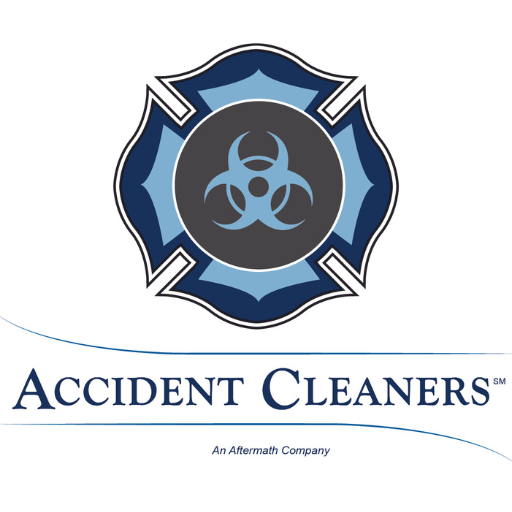It’s no secret that Fentanyl is one of the deadliest drugs on the market to date. One dose of fentanyl can easily amount to 500-1000 doses of heroine. No wonder this drug is so hard to control. When dealing with fentanyl on the streets, it’s important to keep yourself and others around you safe. Here are 5 tips that cops should keep in mind when dealing with a possible fentanyl exposure.
1-ACKNOWLEDGE THE DANGER
A snowflake– that’s all it takes to have serious health implications. A recent event even shows the severity of what this drug can do to a police force. A flash-bang grenade was tossed into an alleged stash house kicking up fentanyl into the air. Eleven SWAT officers were severely poisoned from the fentanyl/heroin mixture. The danger of this drug is real!
Unfortunately, police officers can’t always wear full hazmat suits when investigating drug crimes, but understanding the severity of this drug is the first step to consciously protecting yourself and your team.
2-UNDERSTAND THAT FENTANYL IS TRANSDERMAL
Meaning that once the drug comes in contact with your skin, the body slowly absorbs it. If you happen to touch even a single pill with fentanyl, seek medical attention immediately. If the drug has carfentanil, it could even be deadly.
3-WEAR YOUR PPE GEAR!
I can’t stress this point enough—never handle drugs without proper PPE gear and fitting. Even something as simple as pharmaceutical marijuana should always be handled with latex gloves. If you are conducting a raid with potential fentanyl, then treat the area as a drug lab and don’t forget those respirators.
4-NEVER FIELD TEST
If you are handling suspected fentanyl, then protect yourself at all cost. Under no circumstances should you ever field test a compound that includes potential fentanyl.
The less chance of accidental exposure to this drug, then the better off you’ll be.
5- NALOXONE– KNOW IT, STUDY IT, CARRY IT
If caught early enough, then naloxone can absolutely reverse the effects of an accidental opiate overdose. If you or your partner is suffering from an accidental opiate exposure, then the naloxone that you carry may just be the deciding factor between life or death. It could be just what’s needed to save someone.

